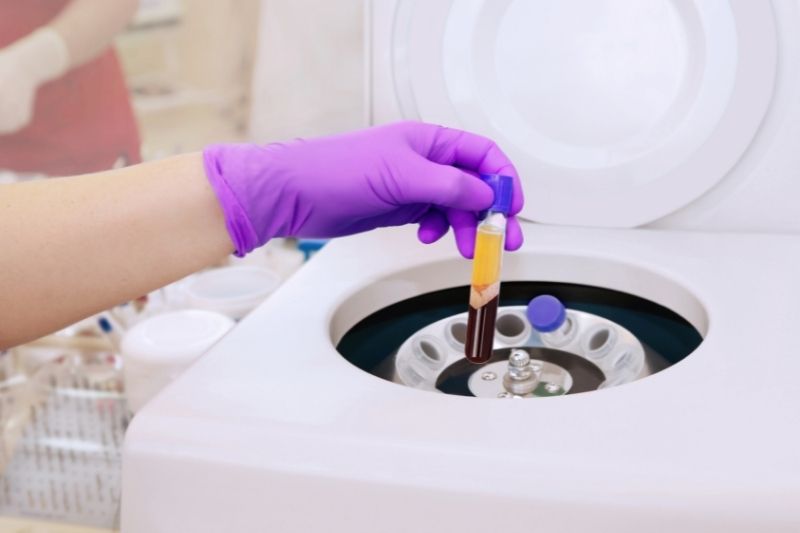
Platelet-Rich Plasma: How it Works
You may have heard of platelet-rich plasma before, but what is it, and how does it help reduce pain from arthritis? These injections, composed of your own blood, are increasingly used to heal joint injuries, tendons, ligaments, and wounds.
What is Platelet-Rich Plasma?
The liquid part of blood is called plasma, which is composed of water and proteins. It provides a way for red blood cells, white cells, and platelets to move smoothly and swiftly through the body.
Platelets – a type of blood cell – are solely responsible for blood clots and healing functions. Platelets contain hundreds of proteins called growth factors. These growth factors trigger cell growth, and quick healing, and encourage tissue regeneration in the affected area.
Platelet-rich plasma is plasma that has a higher concentration of platelets than typical blood. This increases the concentration of growth factor – in fact, 5 to10 times greater than usual.
How does PRP Therapy Work?
Blood samples are drawn from the person being treated and placed into a centrifuge, separating platelets from the other components in the blood. This concentration of platelets is injected into the area being treated. By injecting specific areas of inflammation or damaged tissue with high concentrations of platelets, wounds are encouraged to heal quickly. Once the platelets are injected, they break down and release growth factors.
Growth factors have been scientifically proven to help the body heal faster.
PRP therapy is performed in one of two ways:
- Platelet-rich plasma is injected into the affected area. If a patient suffers a heel injury, the heel cord oftentimes becomes inflamed, swollen, and painful. PRP, combined with a local anesthetic, can be directed into the inflamed tissue. The injection site may be tender and sore in the week after receiving the injection. It can take several weeks before the patient feels the full benefit of the treatment.
- Platelet-rich plasma is used to increase healing after surgery for some injuries. Torn tendons can be repaired with the use of PRP during surgery. The PRP is used in a special way that allows it to be woven into torn tissues.
PRP therapy can take weeks or months to work effectively. The pain gradually subdues as the tissues and joints are healed. The maximum effects of PRP therapy are typically seen 6-9 months after injections. A second injection may be recommended if results are not seen around 3 months.
Are There Any Side Effects of Having This Done?
There is very little risk involved because the PRP samples are drawn from you and then injected into your own body. Unlike medications like corticosteroids, your body will not reject this procedure. However, like any injection or procedure, there is always a small risk of infection at the injection site.
Talk to your doctor today if you think PRP therapy may be a good fit for you. Dr. Ethan Kellum and his team bring the emerging and innovative field of interventional and regenerative orthopedics to the Nashville, Tennessee area. Fill out the form below:
[gravityform id=4 title=false description=false]

